

 Add to favorites
Add to favorites
The Cebu Blue pothos is a pretty and popular variety of pothos with shiny, silvery-blue leaves that seem to sparkle in the right light. The leaves are 2″ by 7″ long. I have to admit that I don’t see this variety all that often. I live an hour east of Portland, and the indoor plant selection is pretty bleak in our neck of the woods. Thankfully, I came across one during my travels in Portland.
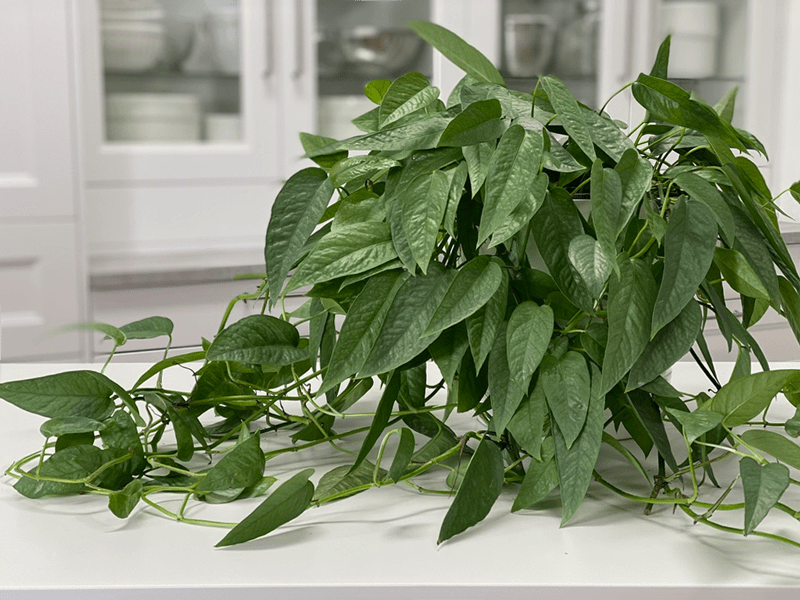
When I came across it, I had no idea what it was or what it required…all I knew was I wanted it! The pot didn’t have a name, and after asking several employees, I still didn’t have any information about it. I loved it and was willing to take a gamble on it, so in the cart it went. Just before we were about to leave the store, a worker walked up and whispered in my ear that it was a Cebu Blue pothos plant. I made her repeat it about five times.
My Cebu Blue does well in low light to bright light. It is best to keep it out of the direct sun, which will burn foliage. I keep mine in the bedroom, near an east-facing window. The light comes in filtered due to the large pine trees outside. If the vines on your plant have long spaces between leaves, that is an indication that your pothos is not getting enough sunlight.
When it comes to watering, I find the pothos does best when their soil is allowed to dry out between waterings–not 100% dried out, though. Just like my other pothos plants, when it needs water, it is easy to tell. The leaves start to wilt. But they will perk up quickly when they get a good drink. Watching the leaves is an easy way to make sure this plant is getting the right amount of water. I water mine roughly once a week. I take the plant to the kitchen sink and water it until it starts dripping from the bottom of the pot.
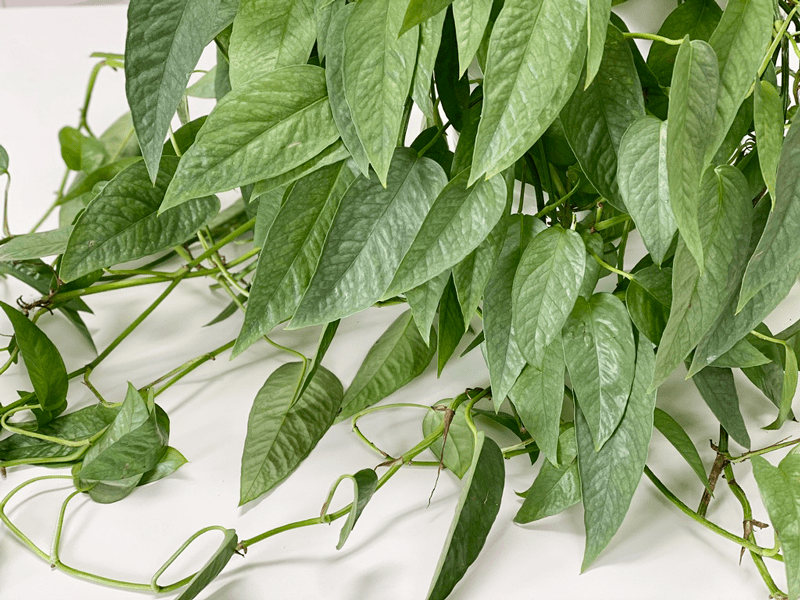
They prefer average to warm temperatures of 65-80 degrees (F). Do not expose it to temperatures below 65 degrees (F) even for a short time because cold air will damage the foliage. Avoid cold drafts and heat vents.
Feed monthly in the spring through fall with general-purpose indoor plant fertilizer. Advice regarding frequency of plant feeding tends to be inconsistent. If you overfeed your plants, they will let you know. Here are a few things to watch for:
If you overfeed a plant, you can remove the houseplant from its current soil and repot it in fresh soil. This technique is undoubtedly the best way to get rid of the excess nutrients affecting your plant. Alternatively, you can flush the soil, which involves drenching the soil with water and letting it drain out. Repeat this several times to help the soil get rid of excess fertilizer.
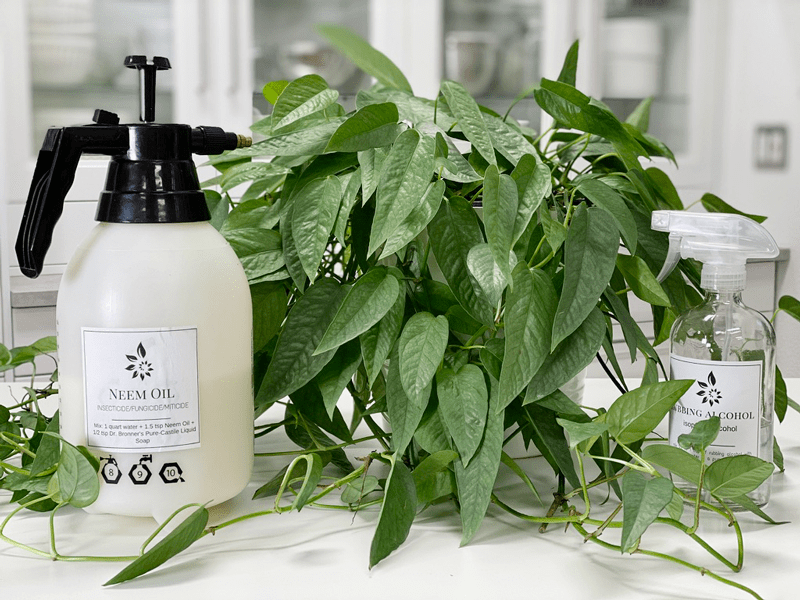
Diagnosing what is going wrong with your plant is going to take a little detective work, but even more patience! First of all, don’t panic and don’t throw out a plant prematurely. Take a few deep breaths and work down the list of possible issues. Below, I am going to share some typical symptoms that can arise. When I start to spot troubling signs on a plant, I take the plant into a room with good lighting, pull out my magnifiers, and begin by thoroughly inspecting the plant.
Stems are leggy, with few leaves.
The base of the plant is looking sparse.
The leaves are soft and wilting.
Yellow leaves.
Fungus gnats
My plant is bushier on one side.
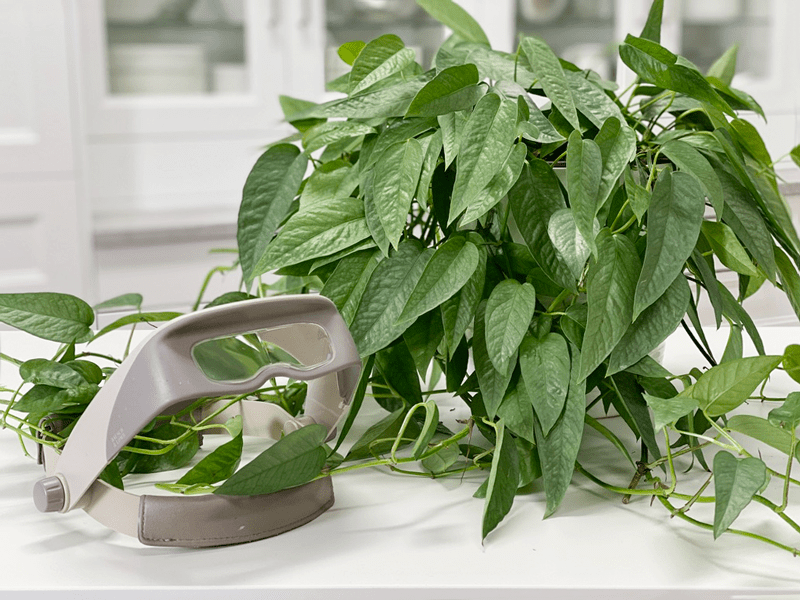
If you want to have healthy house plants, you MUST inspect them regularly. Every time I water a plant, I give it a quick look-over. Bugs/insects feeding on your plants reduces the plant sap and redirects nutrients from leaves. Some chew on the leaves, leaving holes in the leaves. Also watch for wilting or yellowing, distorted, or speckled leaves. They can quickly get out of hand and spread to your other plants.
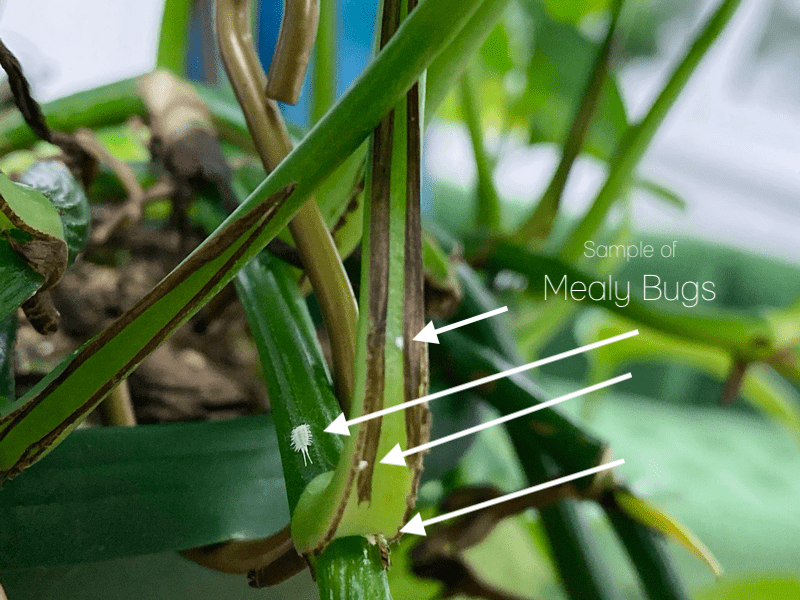
IF you see ONE bug, trust me, there are more. So, take action right away. Some are brave enough to show their “faces” by hanging out on stems in plan sight. Others tend to hide out in the darnedest of places, like the crotch of a plant or in a leaf that has yet to unfurl.

Update on plant growth. I bought this plant 2/11/20 and had it in the bedroom for a few months but then moved it to my kitchen studio where the only light provided is overhead fluorescent lighting. As you can see on the left side of the photo… it is thriving and growing tremendously.
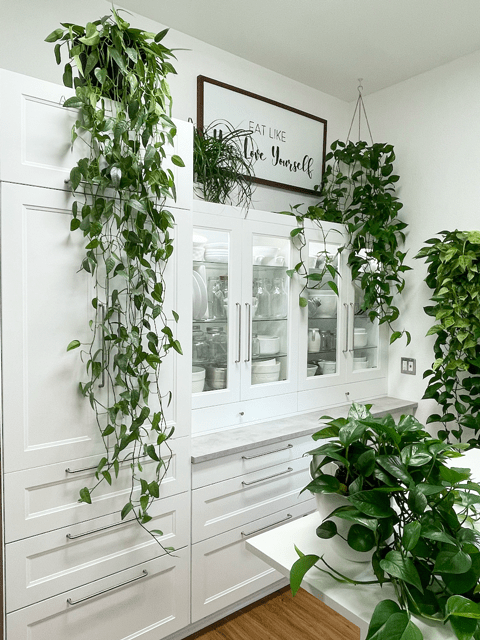
Update photo 6/30/21 (after I trimmed the vines) As you can see the plant lost some of its fullness at the top due to the vines growing long. I will continue to shorten the vines (propagating the leaves) to help prompt the plant to push out new growth up top.
The pothos plant can cause complications for your pet, ranging from mild (irritation of the lips) to severe (breathing difficulties due to a swollen tongue). If you witness your dog ingesting this plant, contact your veterinarian immediately.
Water prog cebu blue cutting, 3 day latter leaves are black no roots
Was the cutting in good health? Is the mother plant in good health? Was the stem where the node is in the water? I have never had a leaf turn black while propagating so I am not sure. If you can provide more info, it would be helpful. amie sue
It sounds like it absorb a toxic chemical or fertilizer overdose. Sadly I have made similar mistakes with water propagated plants it’s in my experience no survival rate. Even large plants with with 75% healthy green. If I knew it like I did now maybe I could have cut way back on the healthy lookin parts an my pothos would’ve had continued it life but I chased it avoiding taking to much cause it was already in recover after not getting watered to then flooded. I’ve also seen plants go black almost instantly if they r expoise to intense heat suddenly. It then gets droopy an mushy to where the core. Then only the toasted parts will need to b cut off